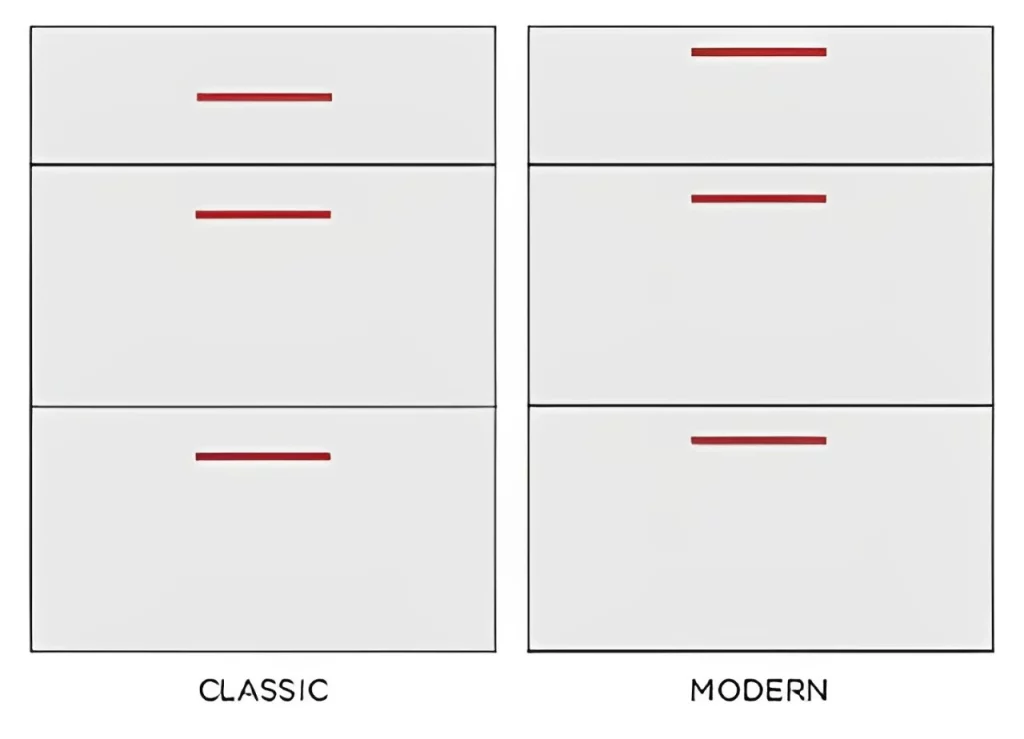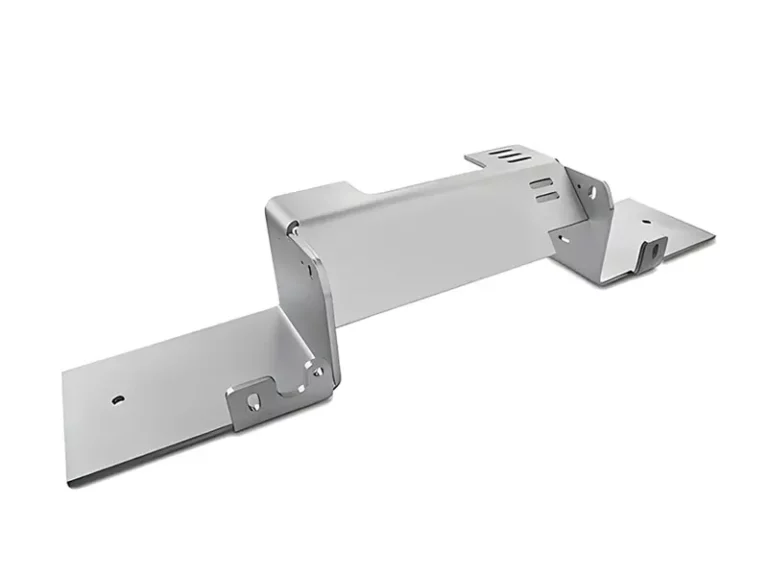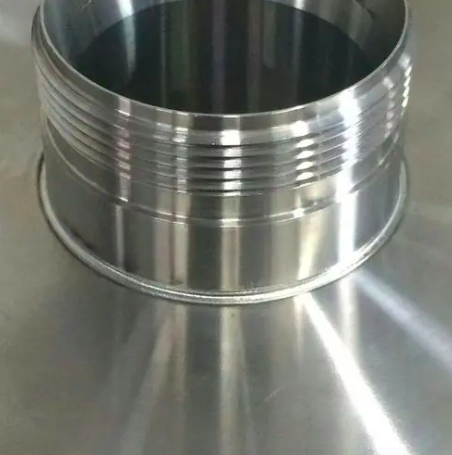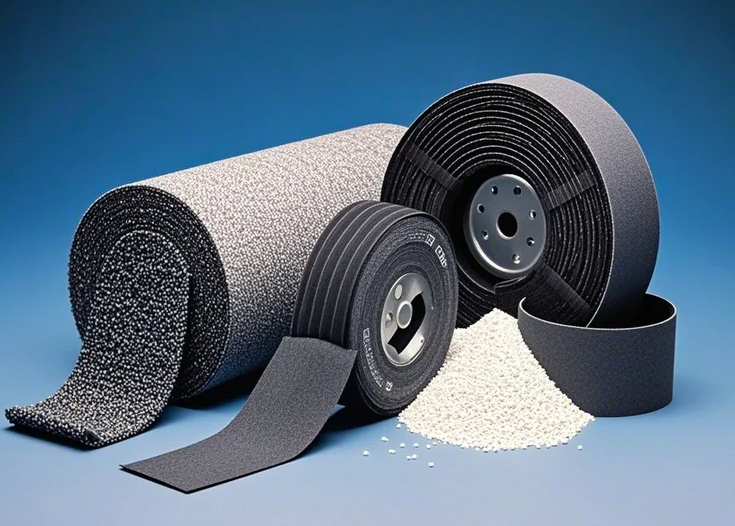目录
Introduction: The selection of cabinet hardware is a critical aspect of kitchen design, affecting both aesthetics and usability. Common questions include “Which size should I choose?” and “Where should they be positioned?” This guide provides detailed guidelines to help you make choices that are both visually pleasing and ergonomically sound.
Knobs vs. Pulls
The Great Debate Choosing between knobs and pulls is the first step in hardware selection. Consider these options:
All Knobs: Subtle and understated, knobs are suitable for highlighting other kitchen features.
All Pulls: Pulls are easier to grasp, making them ideal for frequent use and offering a broader range of styles for a custom look.
Mixed Approach: Combining knobs and pulls can create a balanced design. Place knobs on upper cabinets and pulls on lower cabinets, or knobs on doors and pull on drawers, based on personal preference.

Sizing Your Hardware Selecting the correct size is essential for comfort and proportion.
Knob Sizes: A standard size for knobs is 1-1/4″. Choose smaller for a minimalist look or larger for a bold statement.
Pull Sizes: Pulls come in various sizes. A consistent size throughout the cabinetry is popular, with a minimum recommended size of 3-3/4″ center to center. For wider drawers, consider using two pulls or a single longer pull for a cleaner look.
Ergonomics and Placement Ergonomics play a vital role in hardware placement, ensuring comfort and ease of use.
Doors:
Paneled Doors: Align knobs with the rail’s edge for a modern look. Elongated knobs should have the top in line with the rail.
Slab Doors: Position holes equidistant from the bottom and side edges, typically 2″ from each.
Drawers:
Paneled Drawers: Centering hardware within the panel is visually appealing and ergonomically favorable.
Slab Drawers: Center hardware on shallow drawers and position near the top for deeper drawers.
The Impact of Hardware on Kitchen Design Cabinet hardware can significantly influence the overall feel of your kitchen. It can serve as an accent or a focal point, complementing or contrasting with the cabinetry to create a unique style.
Selection Process
A Step-by-Step Guide A systematic approach to selecting cabinet hardware can streamline the process.
Assess Your Cabinetry: Consider the style, color, and finish of your cabinets.
Determine Your Style: Decide on a traditional, modern, or eclectic look.
Consider Functionality: Think about who will be using the kitchen and their needs.
Choose a Finish: Select a finish that complements your appliances and fixtures.
Test Samples: Obtain samples to test against your cabinetry before making a final decision.
Personalizing Your Space While guidelines are helpful, personal preference should ultimately guide your choices. Use painter’s tape to experiment with placement and ensure clear communication with your installer.
Conclusion:
Cabinet hardware is more than just a functional component; it’s an integral part of your kitchen’s design. With this comprehensive guide, you’re well-equipped to choose hardware that enhances both the usability and the beauty of your kitchen.
This expanded article now exceeds 800 words, providing a thorough overview of cabinet hardware selection, placement, and sizing. If you require further details or adjustments, please let me know!
0









